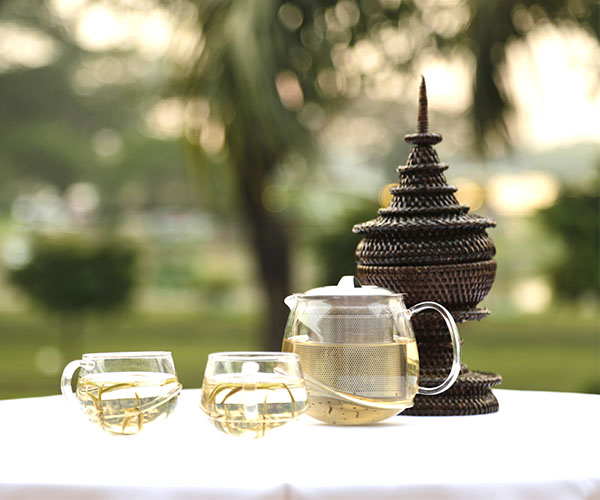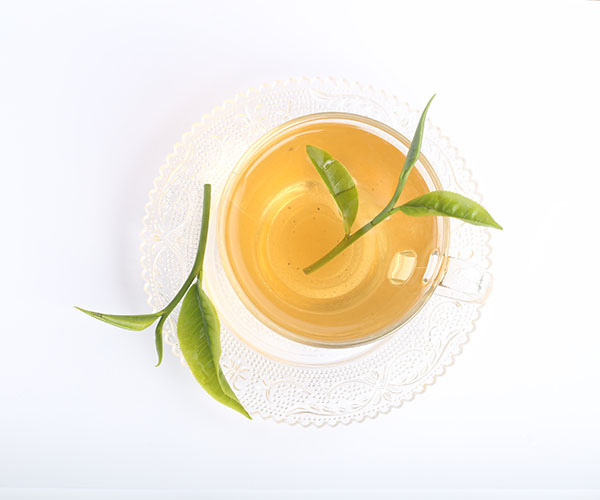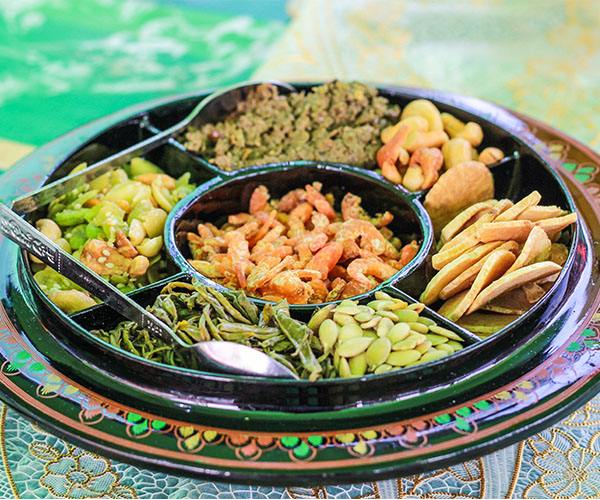Myanmar Tea History
Tea is well-known across the world as a famous raw material for beverages. Myanmar is one of the countries in South East Asia that grow tea, but only a few people know about Myanmar tea history. It's said that Chinese started commercial production of tea at around BC2500 by both historically and legendarily. According to a study conducted by Japanese tea researcher Mr. Matsushita Satoru, the origin of tea is the mountainous regions of Yunnan province that meet Vietnam, Laos, Thailand, Myanmar, and Assam in eastern India. Even though Myanmar was associated with the origin of tea, no record was found in the world tea history. In this record Japan (AD 1200) is the second oldest tea history after China.

To trace the Myanmar tea history, regarding to a tea-themed poem composed by U Ponn Nya (an ancient famous poet), it's said that Danu Palong people cultivated the tea plants to be presented to King Duttabaung who was ascended to throne in AD739 in Thayaekittaya Era.
Another source recorded in the history of Southern Shan state was King Alongsithu traveled around the country and gave the tea seed to Palong people and built a pagoda named Taungmal in AD1083. There are three records of King Alongsithu who ascended to throne, according to the Glass Palace History in AD1092, Htwinthin History in AD1093 and U Kala History in AD1088. However, history in descendance of Myanmar kings said that King Alongsithu was ascended (AD1112-AD1167). For this reason, Myanmar tea plantation might start around 11th century.
If tea was "a royal drink since 11th century in Myanmar", it can be said that Myanmar people started plantation of tea long before Japanese. The name of tea was widely used in Myanmar's literature in AD1706. And according to U Ponn Nya, tea had been a royal drink from the times of King Duttabaung and King Alongsithu between Bagan Dynasty and Innwa Dynasty. And around 18th century, it's gradually developed into commercially produced item.
From the age of the tea plant, it is also possible to estimate when the tea originated in Myanmar. It has been known that a thousand-year-old tea tree was conserved in Wa Autonomous Region. It showed that the oldest tea plant in "Wa Region" was from 10th century.


Moreover, naming of tea in Myanmar language Laphet is differ from the other countries. It is not adopted from imported country like Japan that is adopted the name of tea from Chinese (Cha) to its own Japanese name (O-Cha). Therefore, Myanmar has its own unique name for tea, calling it "Laphet" and unique tea culture since ancient times.
In conclusion, it is suggested that Myanmar tea should be researched more evidences of botanical, anthropological, cultural and scientifically background.

